Olive tree care, the symbol of the Mediterranean
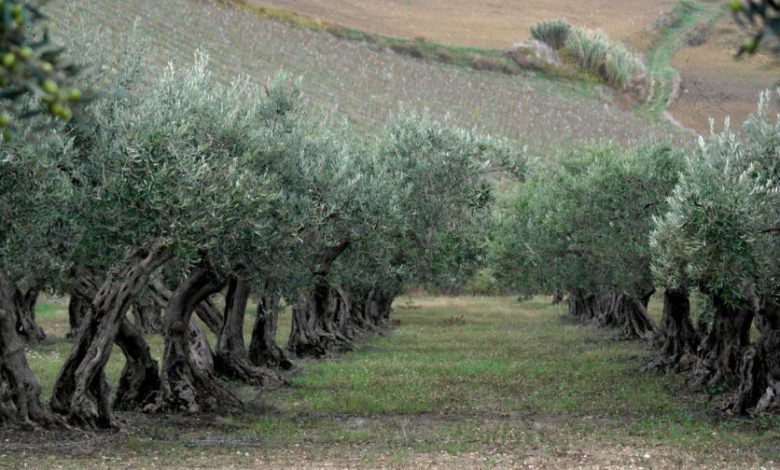
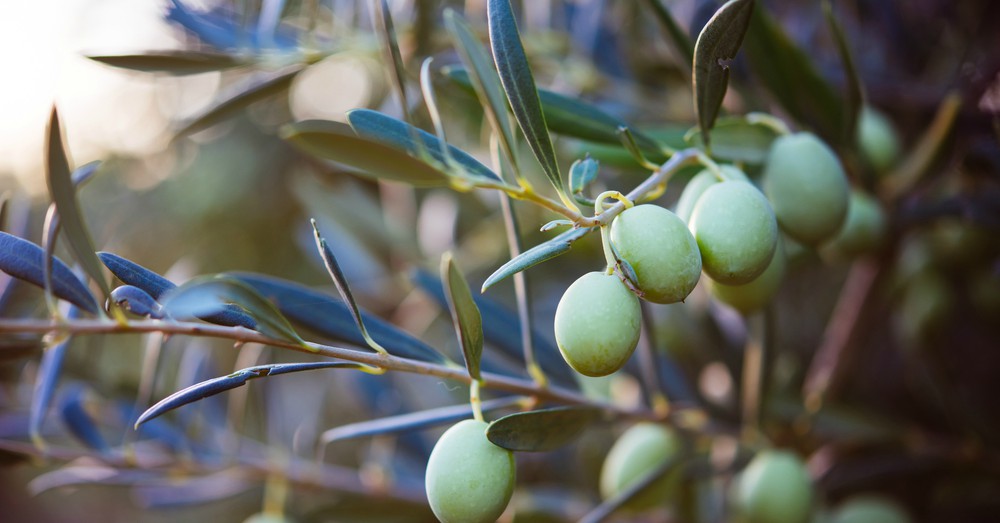
It is the quintessential Mediterranean symbol and one of the most emblematic plants of our culture. For some years now, it has also become part of our gardens and it is not for less: the care of the olive tree is so simple that growing it successfully does not require great gardening skills or much attention. Just like any other tree, we’ll just have to give it some pampering and attend to its short list of needs.
Beyond its symbolic value, the olive tree is also a tree of incredible ornamental beauty. Elegant in appearance, it can reach a considerable height and not for that reason give up the rounded shape of its glass. An ideal tree to provide shade, although we must be aware that it takes time to reach these dimensions.
A resistant and long-lived plant, the olive tree is perfect for those who want to add a rustic touch to their garden, whether planted directly in the ground or in a large pot. In either case, and if we are strict in taking care of the olive tree, in just a few years we will be able to enjoy its fruits as well. Some that are made to wait until the plant is completely settled and rooted, but for which it is worth having some patience.
4 CARE OF THE OLIVE TREE KEYS FOR YOUR WELL-BEING
As we said, olive tree care is simple and basically involves understanding some of the characteristics of this tree. And for this, there is nothing like understanding the dynamics of the climate from which it originates and that inevitably mark the particularities of cultivation of this plant. And this is the first aspect that surprises when knowing the care of the olive tree: despite coming from that temperate climate that marks the Mediterranean, the olive tree has an incredible ability to adapt to almost any climate. Even the coldest, a scenario that is far from its origins.
1. Plantation in a spacious place and in full sun
One of the first care of the olive tree that we have to contemplate is the place where we are going to plant it. And, before deciding, it is important to take into account two considerations. On the one hand, the time of planting. Spring and autumn are the two perfect seasons to carry it out. Despite the fact that the olive tree can withstand temperatures down to -7º, if we choose to plant it at either of these two times of the year, its ability to take root will be greater than in the extreme cold of winter or too hot.
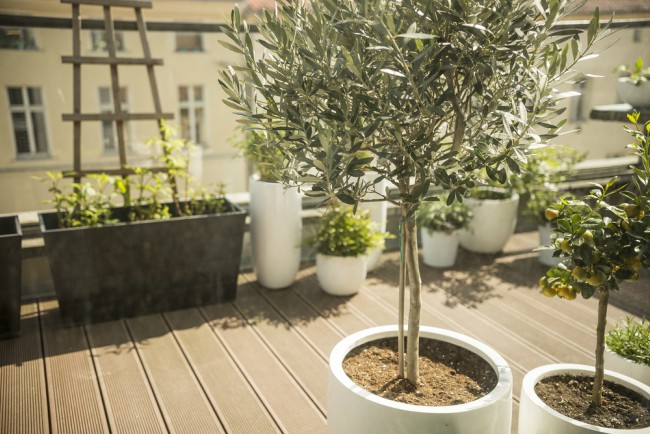
On the other hand, we have to consider the climate in which we live. If we have a young tree and we live in a cold climate, with winter frosts; Ideally, its first home should be a large pot, even one with wheels. In this way, we can change its place in the months of low temperatures during the first years. A gesture that will help the plant to take root and gain vigor. If, on the other hand, the place where we live is temperate, we can plant the olive tree directly in the ground.
In addition to having this consideration with the location, among the care of the olive tree we have to contemplate that it has a good sun exposure. A true source of life for trees accustomed to it.
2. Any soil but never wet
Where to plant an olive tree will not keep us awake at night, since they are capable of growing in any type of soil, even if it is poor, limestone or with a degree of salinity. Despite this, something must be taken into account that is essential for its well-being: it requires good drainage. The olive tree is a plant that does not tolerate excess water or flooding well, so it will require a correct evacuation of irrigation water.
Although it is very common to plant an olive tree in the middle of a garden surrounded by a lush lawn, the truth is that this is not the best location for it. The lawn has both an incredible water demand and retention capacity, so it will be providing excess moisture to the tree. Something that can cause fungal attacks or even rot its roots.
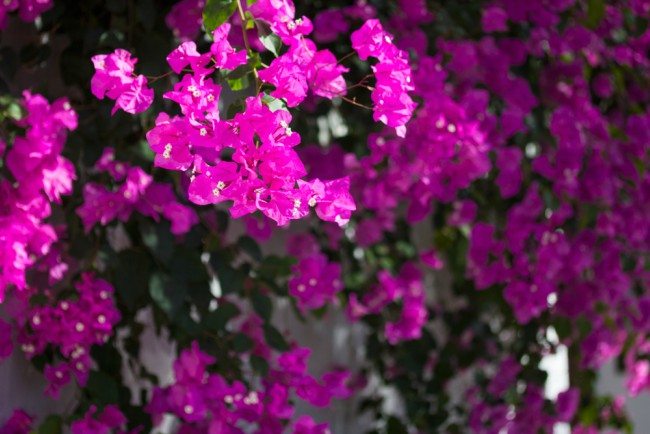
Thus, and if we want to plant it in the garden, the ideal is that we do it associated with other Mediterranean climate plants such as lavender, bougainvillea or even succulents. Plants that will share this low demand for humidity, and that will be the perfect environment for the olive tree to develop without any problem.
And now that we know what it does not need, let us know how we will have to water the olive tree. An adult specimen tolerates drought much better than the abundance of water, so it can even live solely on rainwater that irrigates it naturally. When it comes to young plants, the care of the olive tree varies substantially: we will have to water it continuously so that it takes root correctly, making sure that the substrate is dry between irrigation and irrigation.
3. The subscriber, once a year
We started by saying that the care of the olive tree was simple, and this aspect only confirms it. If we have a specimen in the garden or in pots, we will only have to remember to feed it once a year. To do this, just mix an organic fertilizer with the substrate around the tree, guiding us through the area that marks the crown of the tree.

The ideal time for this gesture is at the end of winter in cold climates and in autumn, for those warm ones in which there are no frosts.
4. Pruning, the last care of the olive tree
And we say this because it is not an essential task, since many people prefer to let it grow freely, but it is necessary in many cases. If we want to shape it, we can do so calmly since the olive tree perfectly accepts pruning without affecting its health. In addition to correctly choosing the pruning tools according to the size of our tree, we can apply it in three different ways depending on the age of our olive tree:
- Training pruning – Ideal for young trees that need to be trained. It is done between the second and third year of the plant, and always eliminating both the lower branches that grow at the foot of the tree and the suckers.
- Fruiting pruning: that which seeks, in specimens over four years old, to achieve greater production and prevent diseases. It consists of aerating the canopy of foliage and branches.
- Aesthetic pruning: that which we carry out not as part of the care of the olive tree but looking for a certain shape in the plant.
In all three cases, the ideal time to carry out the pruning of the olive tree is between the end of February and March. A moment in which, despite the fact that winter is giving its last blows with less intensity, we can still use the cold to help heal the wounds inflicted by pruning.


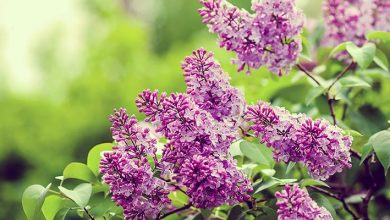
![Photo of Prune Begonia: [Importance, Time, Tools, Considerations and Steps]](https://www.complete-gardening.com/wp-content/uploads/2022/08/prune-begonia-importance-time-tools-considerations-and-steps-390x220.jpg)
![Photo of Terraces: [Concept and Types] + How to Prepare One](https://www.complete-gardening.com/wp-content/uploads/2022/08/terraces-concept-and-types-how-to-prepare-one-390x220.jpg)